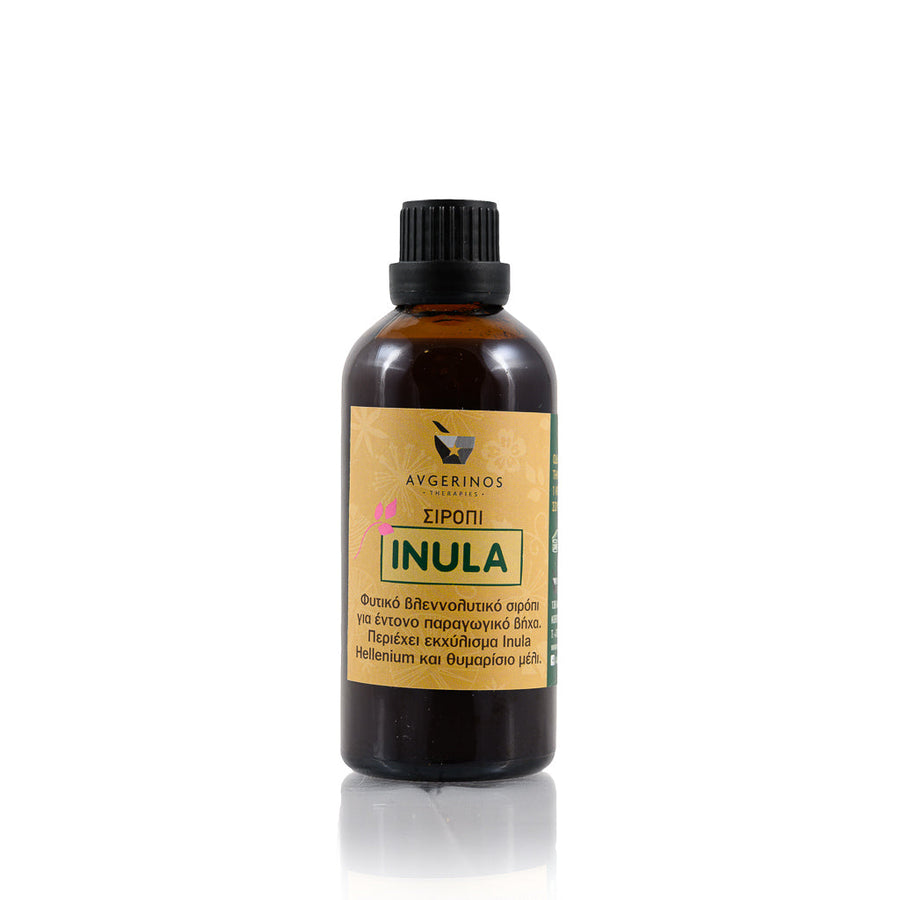YOGA - BODY, MIND AND SPIRIT
The truth is that most of us have associated yoga with some
difficult and complicated positions that we must put our body in order to relax from tension and for our mind to "escape" from the world of
thoughts. But in reality, yoga is much more than that
its techniques, from the simplest to the most complex, achieve its union
body with mind and spirit! That is why the Sanskrit word "yoga" means "union".
But let's start things from the beginning by spending a few words on what exactly yoga is. The first existing references to the yogic culture date back to around 3000 BC. from archeological finds found in the Indian Valley which depicted meditation and breathing positions. From this we understand that yoga is one of the oldest sciences of mankind that was born in ancient India, from the experience and innate knowledge of people, on the natural way of life, emphasizing the health of the body and the peace of mind.
But how can this much-desired health and peace of mind be achieved?
so much we desire in our life?
One of the areas of yoga is the eightfold path or Ashtanga yoga
which includes eight successive stages. These stages aim to
strengthening discernment, good physical and mental health, so that
we can have prosperity in all areas of our lives.
The eightfold path consists of
1. Yamas – 5 moral principles
-Ahimsa - Non-violence towards all beings, including ourselves.
Avoiding violence in words and thoughts.
-Sathya - True
-Asteya - Avoid theft
-Brahmacharya - Moderation in life's challenges
-Aparigraha - Avoiding attachment to material goods
2. Niyamas – 5 principles of self-improvement
-Santosa – Acceptance and receptivity, two qualities that help us successfully plan the next step.
-Tapas - Self-discipline in thoughts, control of food, speech and correctness
utilization of time.
-Ishvara Pranidhana - Gratitude to the Supreme Power.
-Svadyaya - Study and knowledge of philosophical texts
-Saucha - Cleanliness of body, space, mental clarity and direction of
thoughts towards higher ideals.
3. Asanas - Postures/exercises
4. Pranayama - Breathing techniques
5. Pratyahara - Control of the senses
6. Dharana - Concentration
7. Dhyana - Meditation
8. Samandhi - Transcendence of material consciousness
According to ancient yogic texts the Yamas and Niyamas are called the eyes of yoga because they cultivate character, kindness and unity with nature and other people.
What differentiates yoga from exercise is its emphasis on
breathing. It is a fact that we have all noticed our breathing changing
in moments of anxiety, fear, in moments of excitement or when we relax before him
sleep. Yoga uses breathing as a tool with which it manages to
it eliminates stress, while at the same time the mind is calmed by non-stop production
thoughts.
Connecting nostrils to the brain
Right nostril
Left side of the brain
Sense organs, hands, feet, genitals, tongue (speech)
Masculine energy
Yang
Influence of the sun
Logic, determination, planning, extroversion
Left nostril
Right side of the brain
Senses, sight, hearing, taste, smell, touch
Feminine energy
Yin
Influenced by the moon
Creativity, art, sleep, rest, introversion
One of the most important breaths, is the alternating breath and it will
encounter in any yoga class, whether aimed at beginners or
to advanced students.
The technique is very simple and all you need is a chair or one
pillow in case we prefer to sit on the ground.
How to do alternating breathing:
- Initially we sit comfortably keeping the trunk stable. We spend little
minutes to observe if any part of the body needs to be relaxed.
- Then with the right thumb we close the right nostril.
- We inhale through the left nostril.
- To exhale, close the left nostril and release the right.
- We continue inhaling through the right nostril.
- On exhalation, close the right nostril and release the left.
In this way we continue for 5 changing sides with each exhalation.
Benefits of Alternate Breathing:
-Increases concentration
- Relaxes the body
-Improves breathing capacity
-Balances the right and left hemispheres of the brain
- Revitalizes the nervous system
- Eliminates toxins from the body
-Maintains good metabolic function
-Significantly improves the quality of sleep
-Balances the five elements of the body (earth, water, fire, air, ether)
-Significantly reduces anxiety and helps manage stressful situations
-Increases vital energy
-Cleanses the internal channels of the body
Breathing should be done on an empty stomach and avoid
their practice in case of illness.









Leave a comment